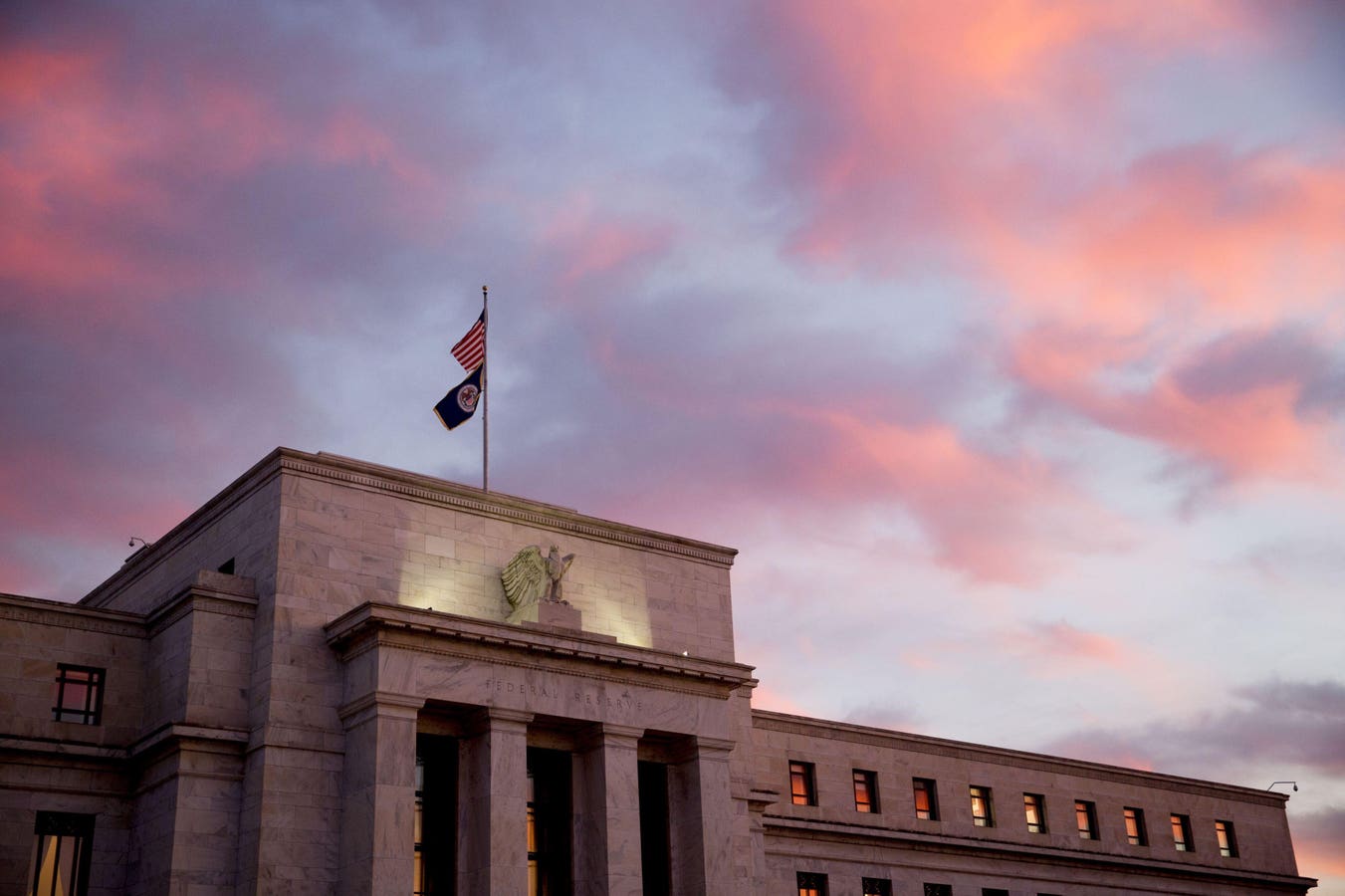Over the past week, the payments industry hosted two major events in the U.S. that together provide the most significant opportunity to measure the pulse of cross-border payments in the country this year.
The first, Money20/20, is a vast, commercial event held in Las Vegas, where thousands of delegates from across fintech, payments and beyond meet to network and discuss the latest trends. However the second, Economics of Payments XII, is a highly select meeting of academics that is hosted by one of the world’s central banks each year, and this year was held at the U.S. Federal Reserve in Washington DC.
I had the pleasure to attend both (alongside colleagues from my company FXC Intelligence), and while the events are very different, the insights from both combine to provide an insightful picture of the U.S. payments landscape, particularly in terms of the opportunities for the cross-border space.
At a macro level, the key sense is that now is a time of change and growth in U.S. payments, which is creating powerful opportunities for the industry. At a domestic level, this year has seen the launch of real-time payments system FedNow, while The Clearing House’s own system RTP has seen its highest ever use, passing 64 million transactions in Q3 2023 with a combined volume of $34bn.
However, the U.S. has also seen increased interest in cross-border payments, as the opportunities for expansion beyond the country become increasingly clear for a wide range of business types.
The Rise Of The U.S. Cross-Border Payments Opportunity
With such a strong domestic economy, the US has traditionally been a comparatively immature cross-border payments market, with low levels of FX knowledge among the general public compared to similar economies in Europe.
However, there are signs that this is beginning to change. At Money20/20, firms with significant cross-border offerings dominated many of the stands, and financial press interest in the space was notably more pronounced than in previous years. Networking among cross-border firms was also particularly strong this year, as companies were in attendance to do business and create opportunities, rather than simply be seen.
Meanwhile, on the central bank front, the Federal Reserve continues to explore ways to improve the interconnectedness of its financial system. Michael S. Barr, Vice Chair for Supervision of the Board of Governors of the Federal Reserve System, stressed that the Fed had made no decision on the issuing of a Central Bank Digital Currency (CBDC), for example, but did highlight the importance of domestic and international decision making on the topic, which continues to be the subject of extensive research and modeling.
Lessons And Opportunities In Latin America
Unsurprisingly, increased cross-border focus in the U.S. is being paired with a greater focus on Latin America, the region that receives the highest number of payment flows from the country.
At the Economics of Payments Conference, Brazil’s instant payments system Pix was the subject of two separate research papers, with both providing insights into its benefits for financial inclusion and welfare improvements. This included potential lessons for other countries including the U.S., despite the significant difference in payment makeup and the greater role of private operators.
Meanwhile, there is also a rise in the activities of players in the region, who are increasingly building roots in the U.S. as they capitalize on a fast-evolving cross-border payments landscape in Latin America.
Money20/20 saw a greater presence from operators based in or largely catering to the Latin America region than has been the case in previous years, and the region was a strong focus of discussion at several talks.
Technologies Powering U.S. Cross-border Payments
While there are some years where fintech conferences are dominated by a single topic of conversation, this year was highly nuanced, which is a welcome reflection of an industry that is maturing. At Money20/20, artificial intelligence was a topic of discussion, but largely in the context of genuine practical applications, rather than high-concept discussions that generally reflect an over-hyped topic.
Cryptocurrencies, meanwhile, were largely absent at the conference, although there were some stablecoin players who have begun to build strength on the unique utility of their offerings, rather than focusing on crypto for crypto’s sake.
Here, there is an increasing divide between stablecoins that the payments industry will work with – those fully backed by audited, short-term, liquid assets located within the U.S. – and those they won’t – those located abroad with less regulatory oversight and less liquid assets backing them. Companies working with or providing the former were present at Money20/20, whereas there was no sign of the latter.
The Economics of Payment conference, meanwhile, engaged extensively with this topic, with academics presenting a number of papers on stablecoins to explore their utility, challenges and potential danger to the wider financial system if improperly managed. There remains considerable skepticism among the central bank community about their suitability as part of the financial system, but here there was a clear recognition that there were stark differences between stablecoin types in terms of safe use within a broader economic system. There was also some acknowledgement that they are here to stay in some form.
Driving transparency
The U.S. payment system is in a state of evolution as it looks to build on its legacy systems amid a growing interest in the cross-border space. However, one area where interest is becoming particularly pronounced is in transparency. Traditionally, the cross-border payments space has been highly opaque, with consumers subject to expensive services and at times insufficient understanding of the component costs, particularly in the U.S.
However, there has been a growing recognition that this needs to change, and this year the industry as a whole took a major step with the first data published towards the Financial Stability Board’s G20 targets. Powered in part by my own company’s data, this for the first time provides a measure of how G20 countries are performing against a number of cross-border payments metrics related to cost and speed, and indicates that there is still some way to go if the targets are to be reached by the goal date of 2027.
This has had a profound impact on the industry across multiple levels. While the G20 targets and the importance of transparency was one that several discussions focused on during the Economics of Payments conference, it has also translated into increased transparency-related discussion during Money20/20.
From networking conversations to high-level talks, transparency was a major watchword at Money20/20 this year, with a wide range of players citing its importance to their ongoing operations. Significantly, this is also set to be a powerful shaper of future discussion within cross-border payments, particularly in the US as the space evolves.
Compared to some markets, the U.S. cross-border industry remains relatively underdeveloped, however it is expanding and new opportunities are emerging quickly. In a global financial system where change is key, it represents a powerful player in the space.
Read the full article here






